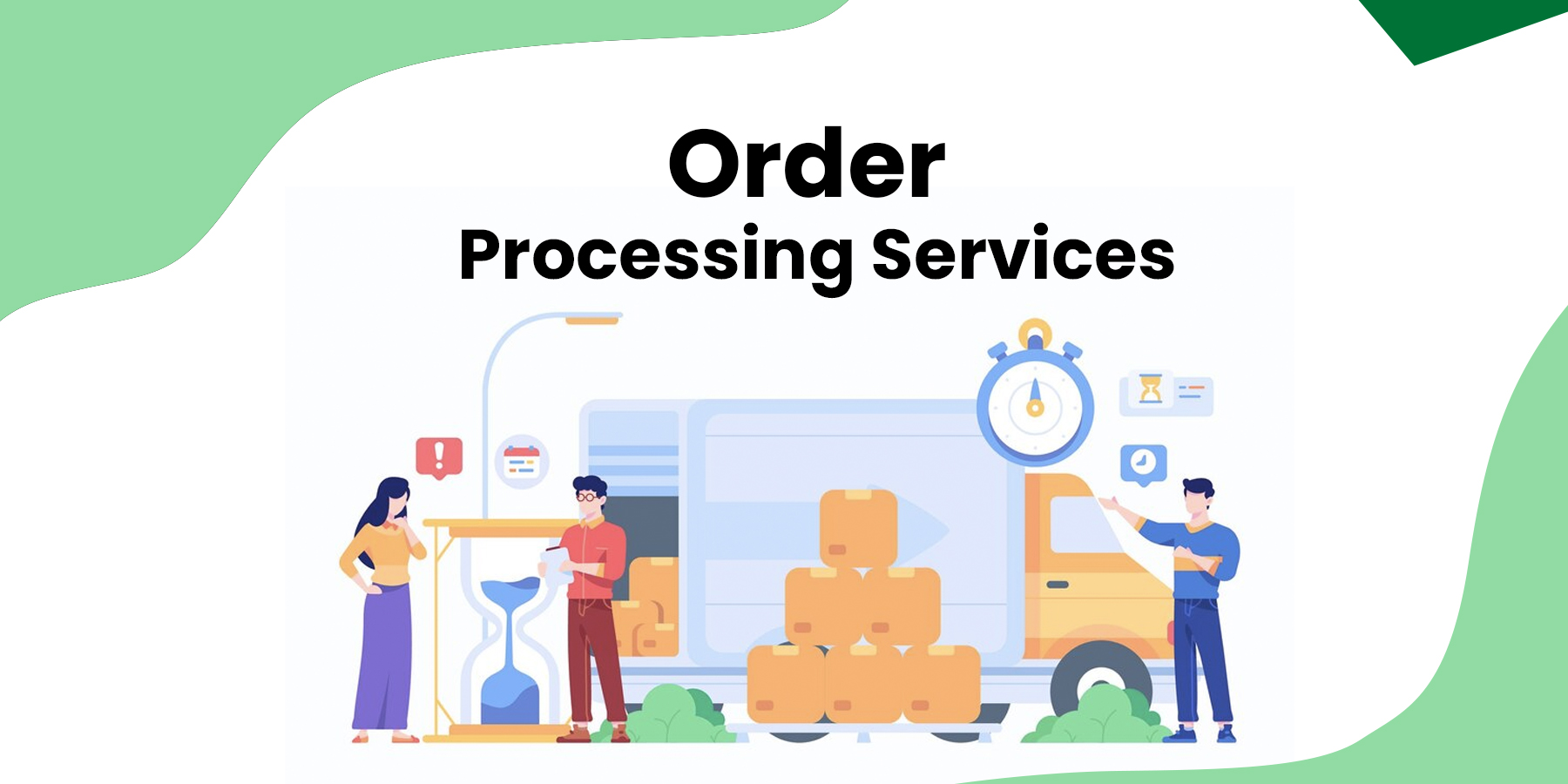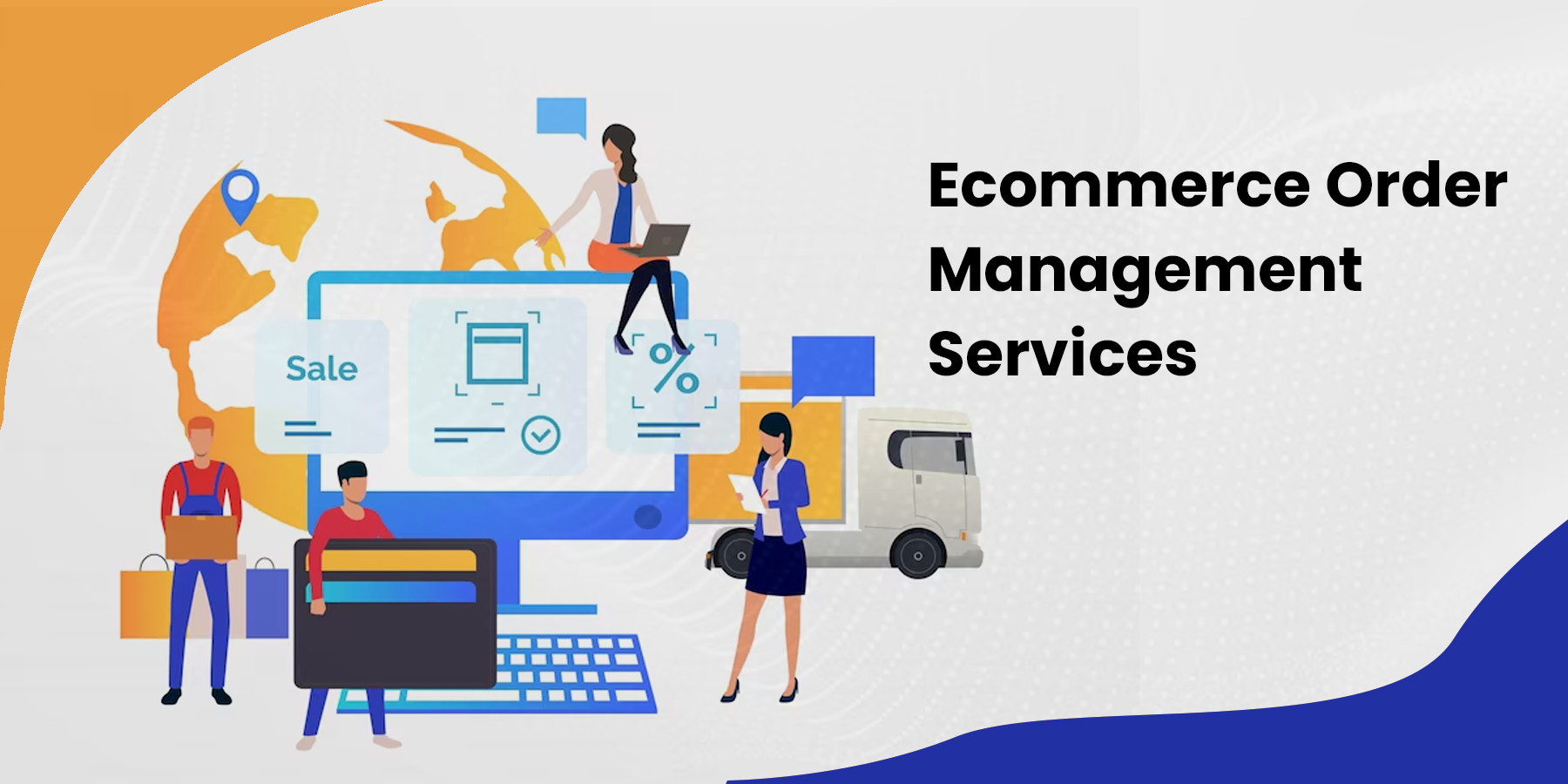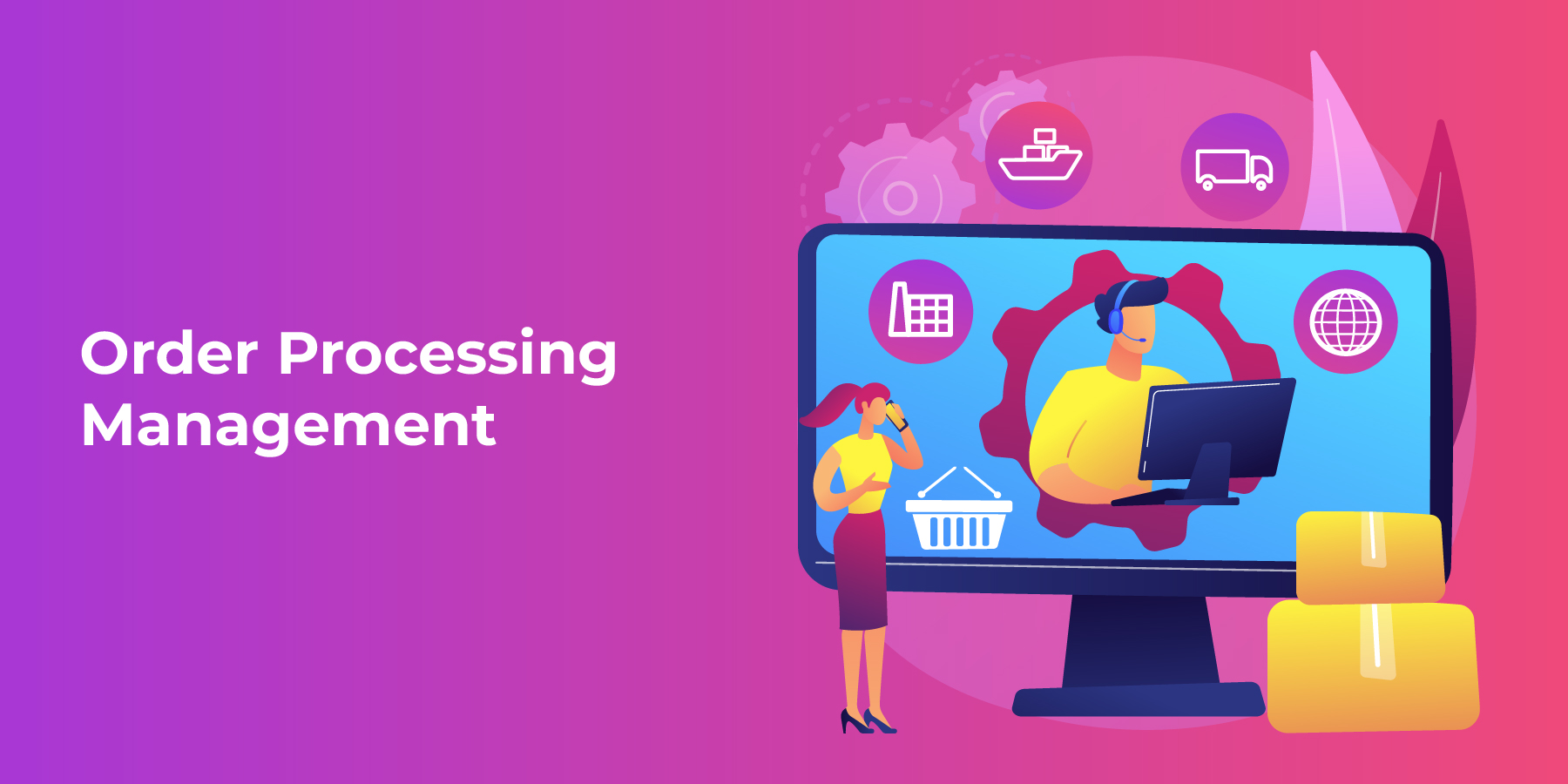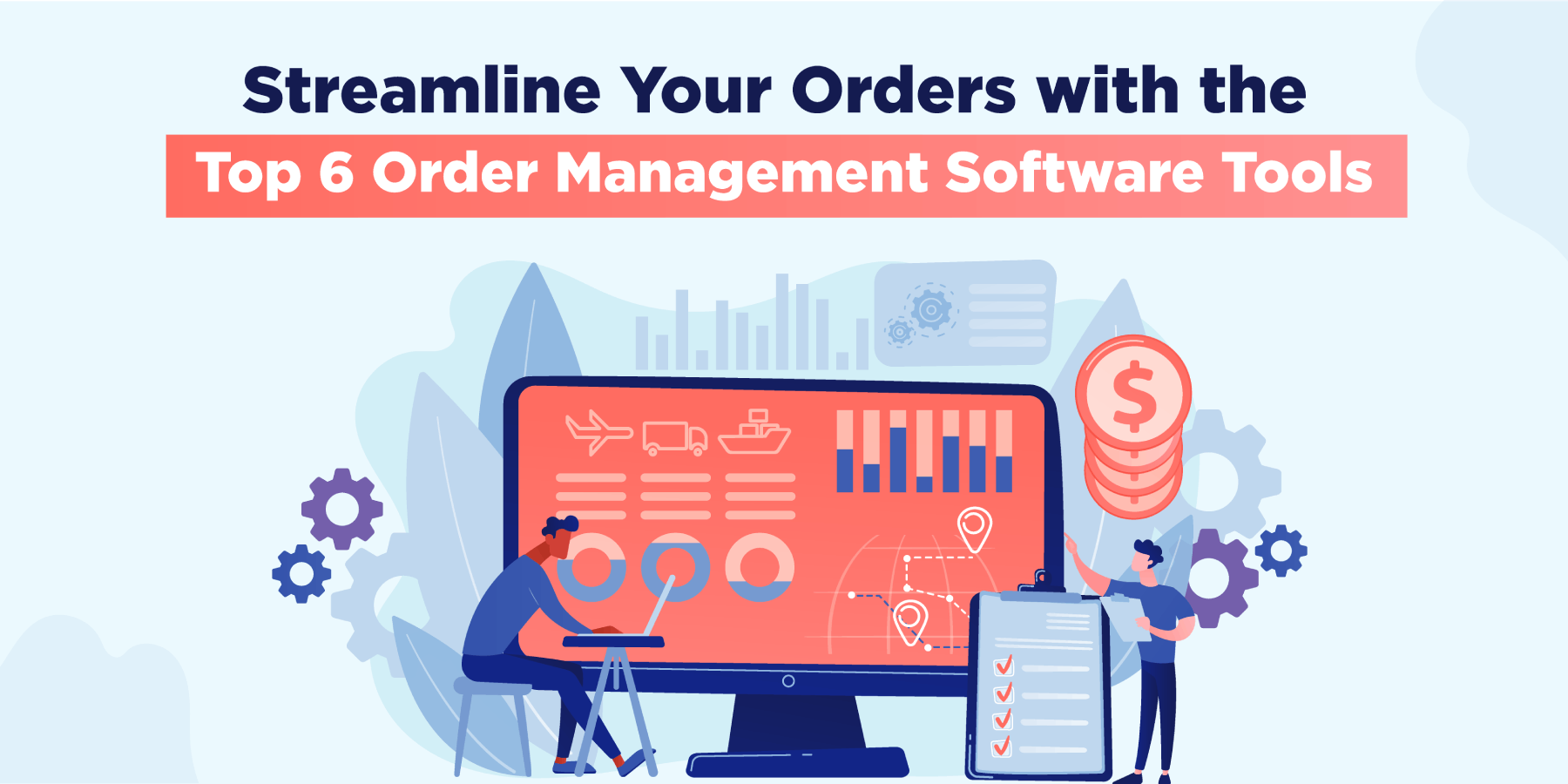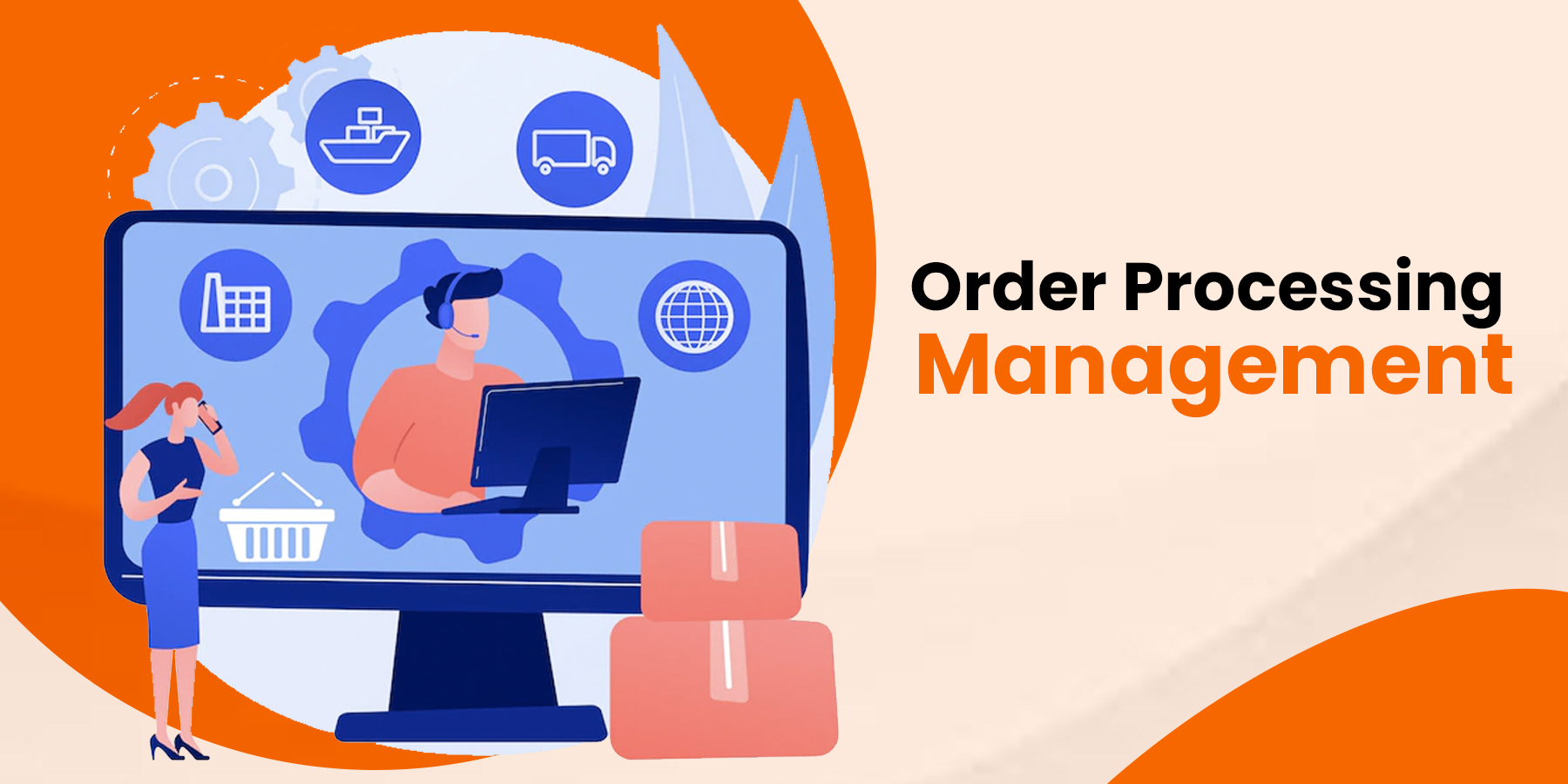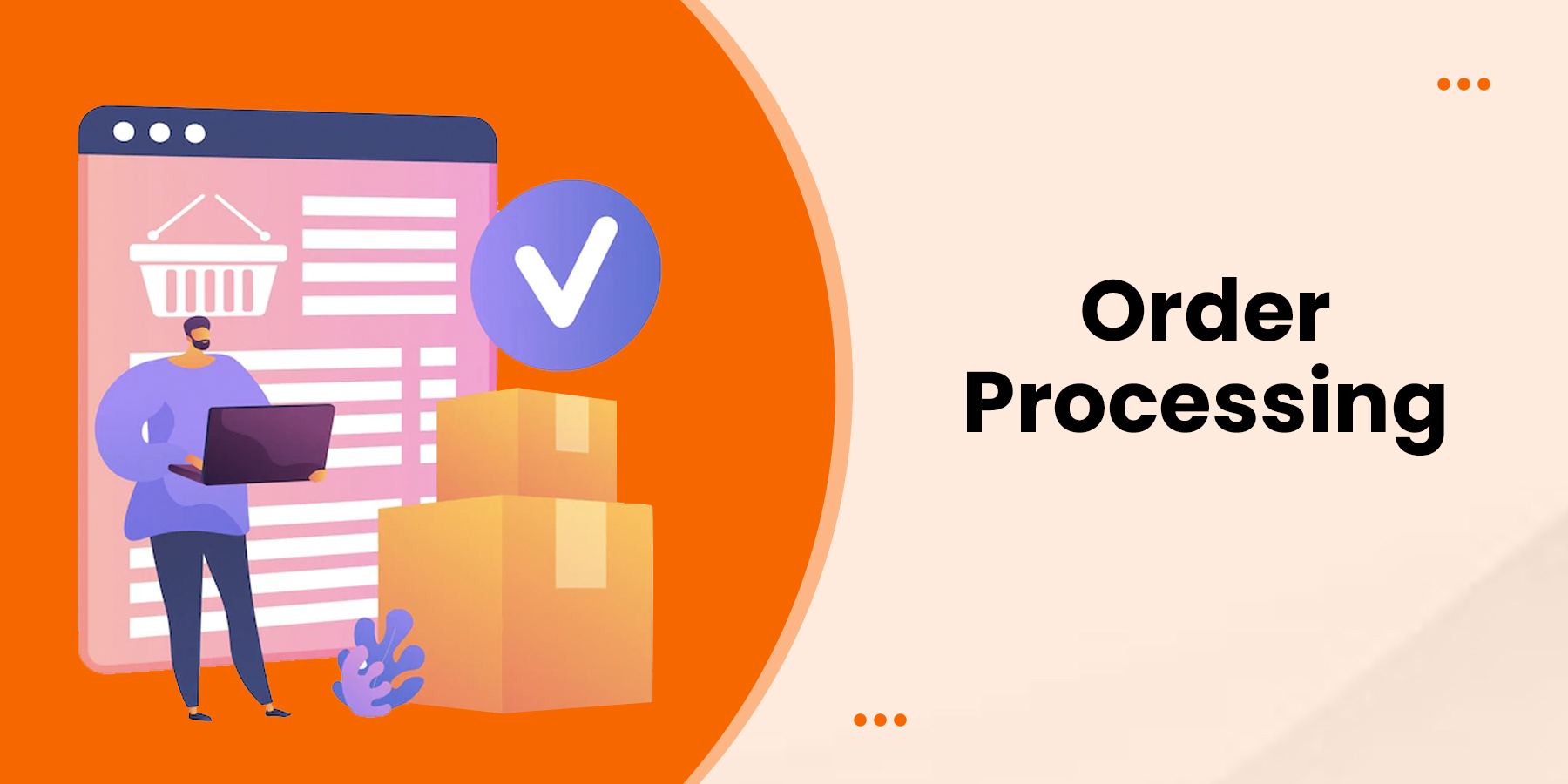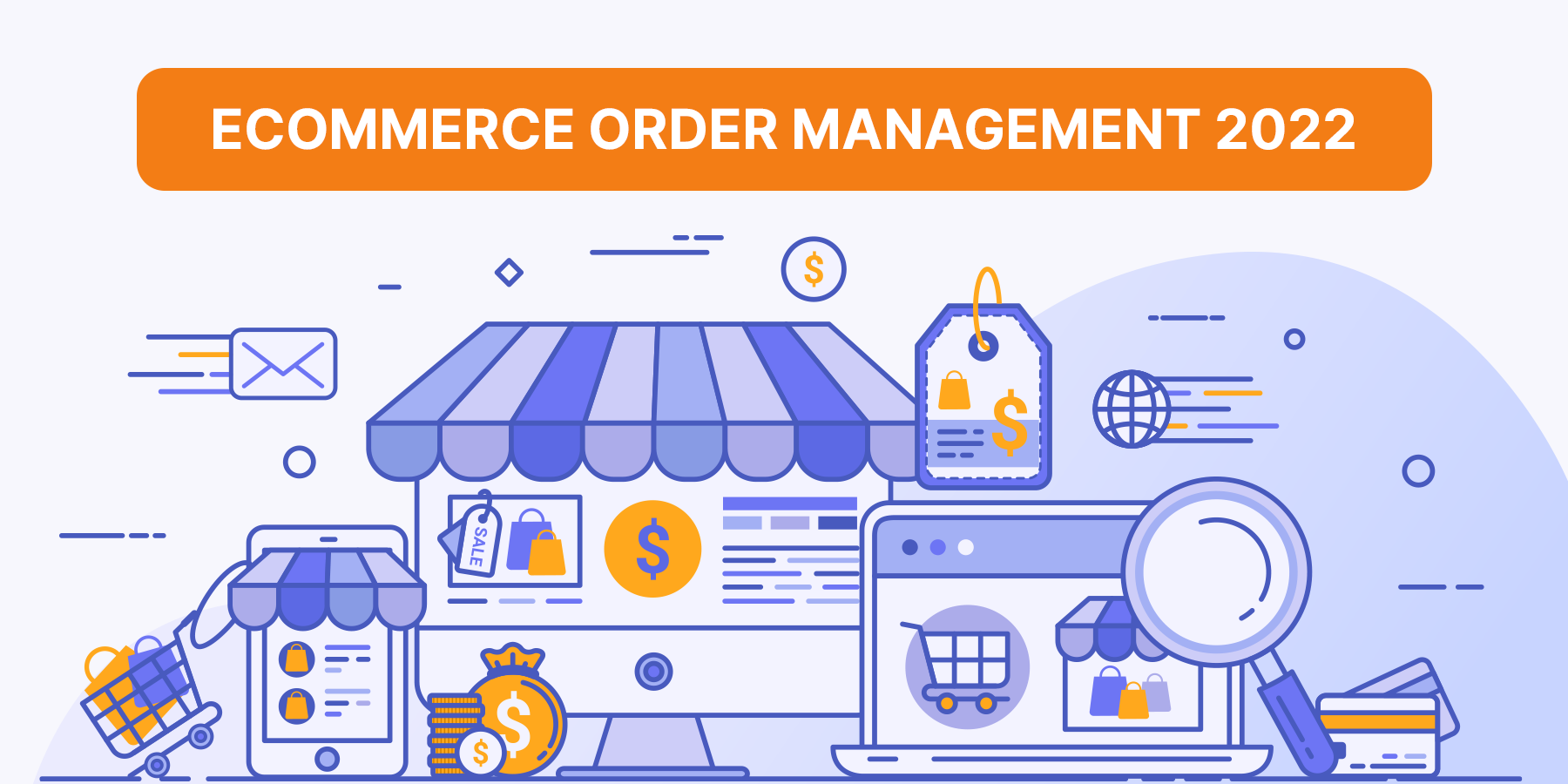Order processing is a critical aspect of any business, especially in the eCommerce industry. It involves receiving, managing, and fulfilling customer orders efficiently and accurately. As businesses grow, managing order processing can become overwhelming, leading to errors, delays, and dissatisfied customers. This is where order processing services come into play.
In this article, we will explore the effects of order processing services on your return on investment (ROI) and determine if it is worth outsourcing this crucial function.
Table of Contents
Understanding Order Processing Services
The Benefits of Order Processing Services
Choosing the Right Order Processing Service Provider
Understanding Order Processing Services
Order processing services, also known as ecommerce order management services, involve outsourcing the entire order processing function to a specialized third-party provider. These providers handle various tasks, including order entry, order tracking, inventory management, and order fulfillment. By leveraging their expertise and technology, businesses can streamline their order processing operations and focus on core competencies.
The Benefits of Order Processing Services
1. Improved Efficiency: Order processing services utilize advanced technologies and automated systems to streamline the entire order management process. This leads to faster order processing, reduced errors, and improved efficiency. According to a study by Aberdeen Group, companies that outsource order management experience a 50% reduction in order processing time. (Source: Aberdeen Group)
2. Scalability: As your business grows, order volumes increase, making it challenging to manage order processing in-house. Order processing services offer scalability, allowing businesses to handle high order volumes without compromising on quality or customer satisfaction. This flexibility ensures that your business can adapt to changing market demands.
3. Cost Savings: Outsourcing order processing can result in significant cost savings. By eliminating the need to invest in infrastructure, technology, and additional staff, businesses can reduce operational costs. According to a report by Deloitte, companies that outsource order management achieve cost savings of up to 30%.
4. Enhanced Customer Experience: Order processing services focus on providing a seamless customer experience. They ensure accurate order entry, timely order tracking, and efficient order fulfillment. This leads to increased customer satisfaction and loyalty. According to a survey by Zendesk, 87% of customers are likely to make repeat purchases if they have a positive customer service experience.
The Impact on ROI
1. Increased Sales: Efficient order processing services can lead to increased sales. By reducing order processing time and improving order accuracy, businesses can fulfill customer orders faster, resulting in higher customer satisfaction and repeat purchases. According to a study by Forrester Research, companies that prioritize order management achieve a 10% increase in sales.
2. Reduced Costs: Outsourcing order processing can significantly reduce operational costs. By eliminating the need for additional staff, infrastructure, and technology investments, businesses can allocate resources to other revenue-generating activities. This cost savings directly impacts the ROI of the business.
3. Improved Inventory Management: Order processing services often include inventory management as part of their offerings. By efficiently managing inventory levels, businesses can avoid overstocking or stockouts, reducing carrying costs and improving cash flow. According to a study by McKinsey, companies that optimize inventory management achieve a 20-30% reduction in carrying costs.
4. Focus on Core Competencies: Outsourcing order processing allows businesses to focus on their core competencies. By delegating non-core functions to specialized service providers, businesses can allocate resources to activities that directly contribute to revenue generation and business growth. This focus on core competencies can have a significant impact on the overall ROI of the business.
Read this blog to learn the top software used in order management: Streamline Your Orders with the Top 6 Order Management Software Tools
Choosing the Right Order Processing Service Provider
When considering outsourcing order processing, it is crucial to choose the right service provider. Here are some factors to consider:
- Experience and Expertise: Look for a service provider with a proven track record in order processing and management.
- Technology and Integration: Ensure that the service provider utilizes advanced technologies and can seamlessly integrate with your existing systems.
- Scalability: Verify that the service provider can handle your current and future order volumes without compromising on quality.
- Customer Support: Evaluate the level of customer support provided by the service provider to ensure timely and effective issue resolution.
- Cost: Compare pricing models and evaluate the cost-effectiveness of the service provider.
Conclusion
Order processing services can have a significant impact on the ROI of your business. By outsourcing this critical function, businesses can improve efficiency, reduce costs, enhance the customer experience, and focus on core competencies. The statistics and benefits discussed in this article highlight the value of order processing services in driving business growth and success.
When choosing a service provider, consider factors such as experience, technology, scalability, customer support, and cost to ensure a successful partnership. Ultimately, the decision to outsource order processing management should be based on the unique needs and goals of your business.
If you are looking for the best one, Wow customer support is here for you. Contact us today and let’s talk!




